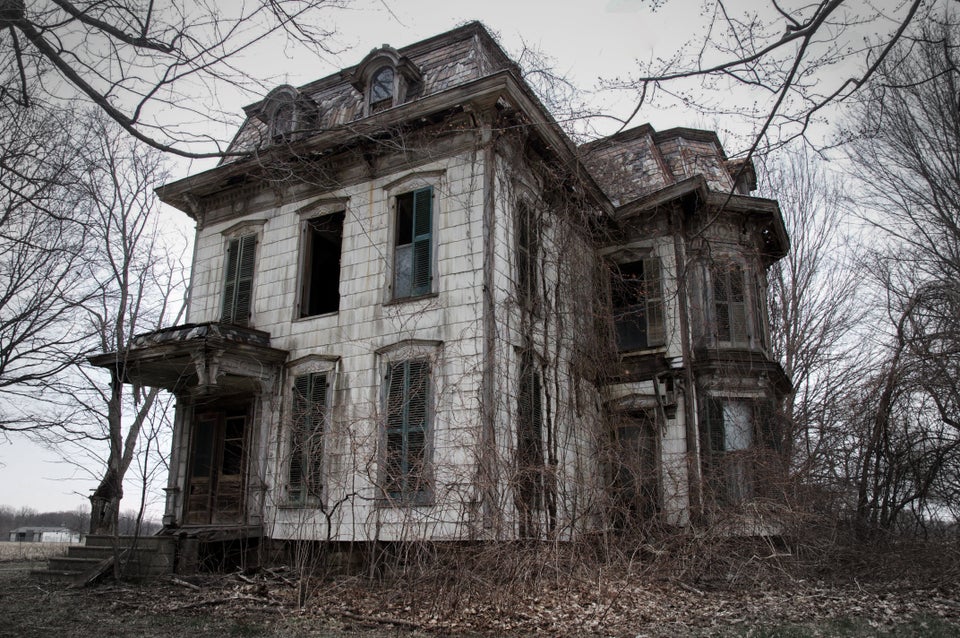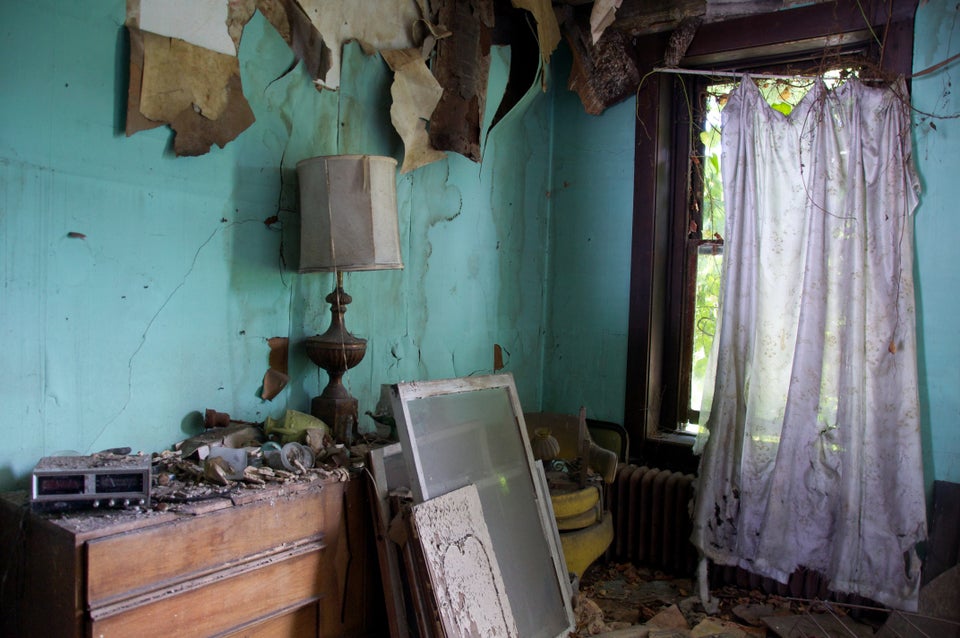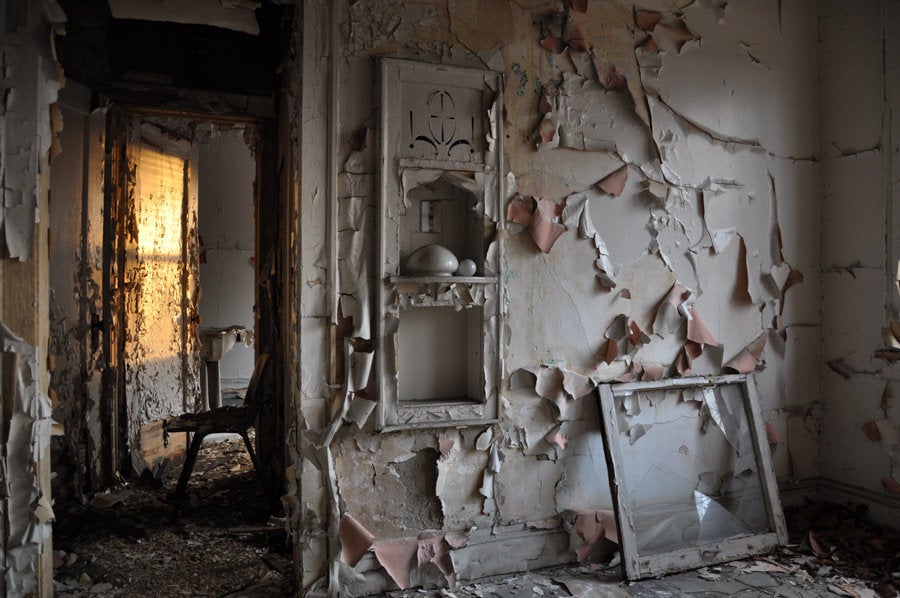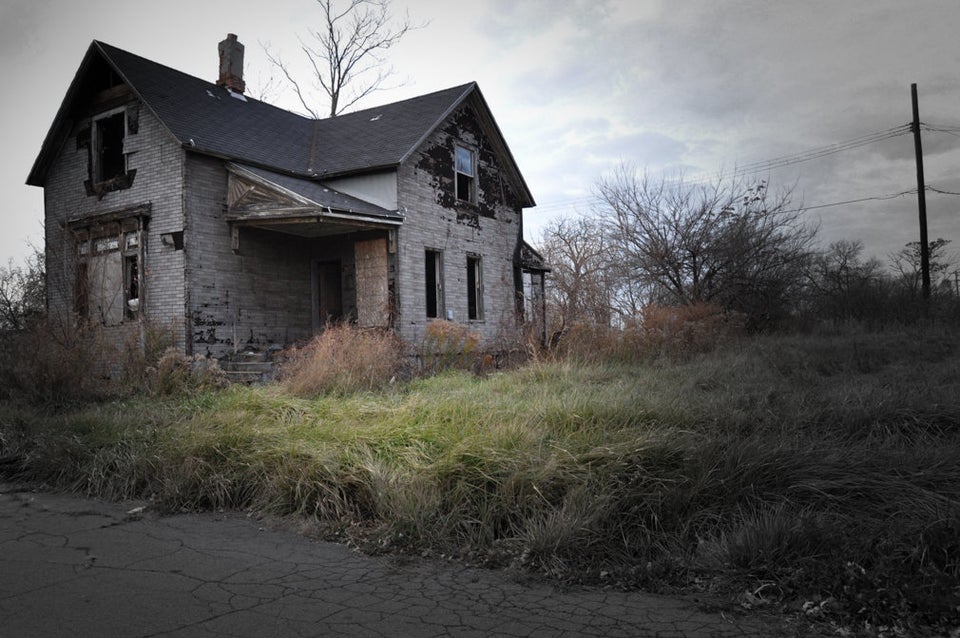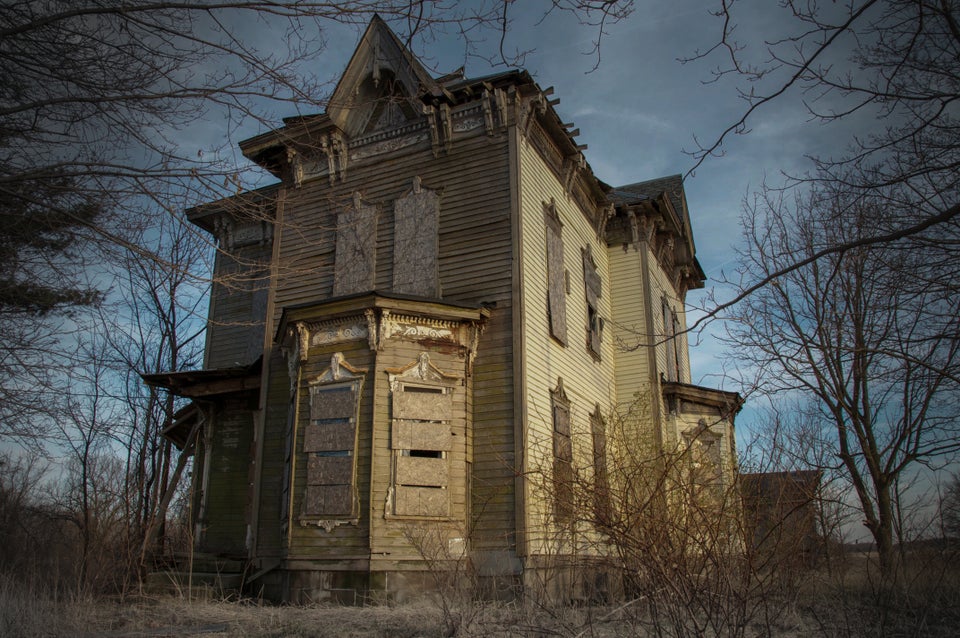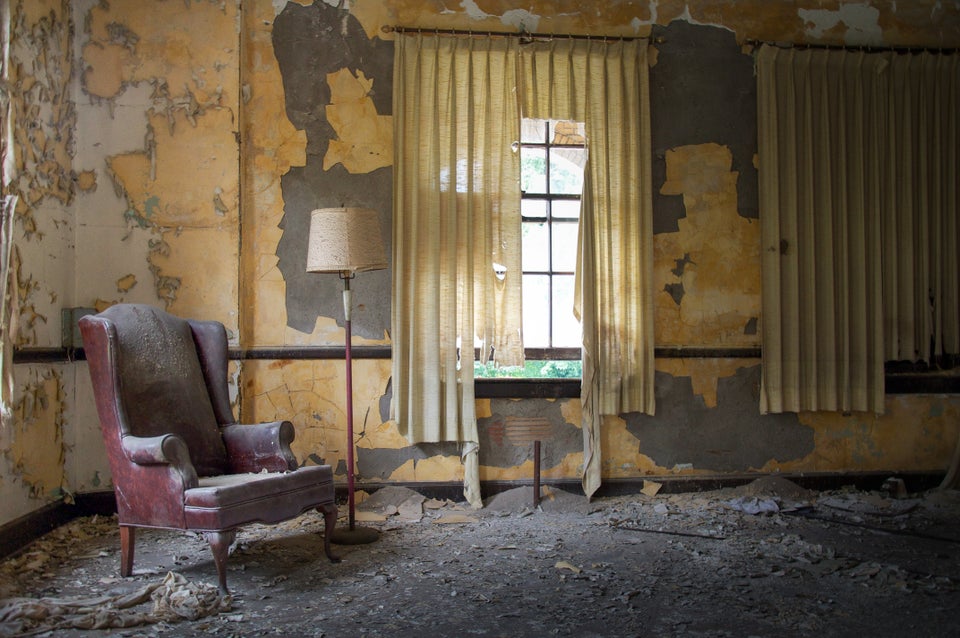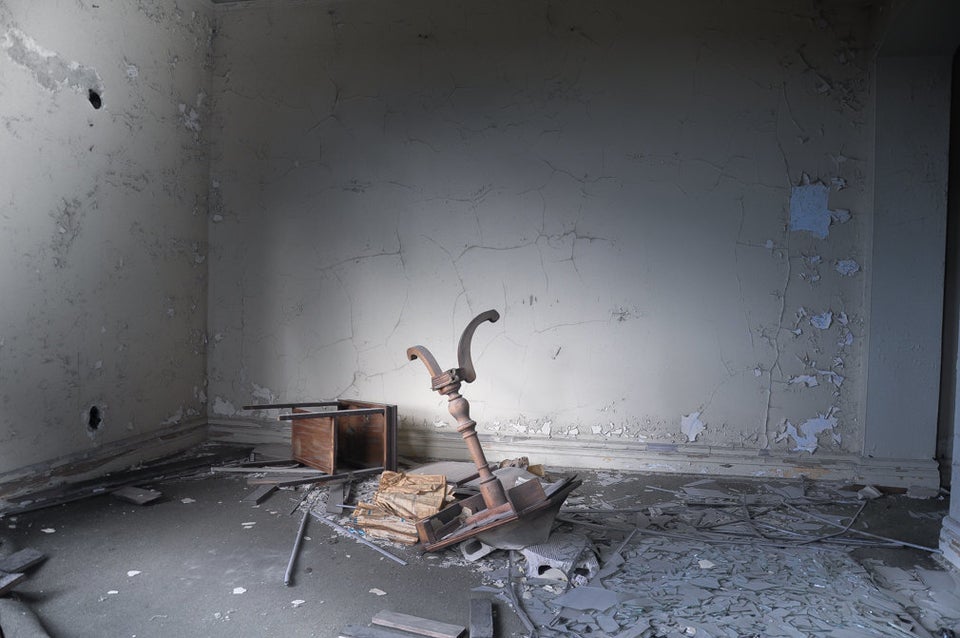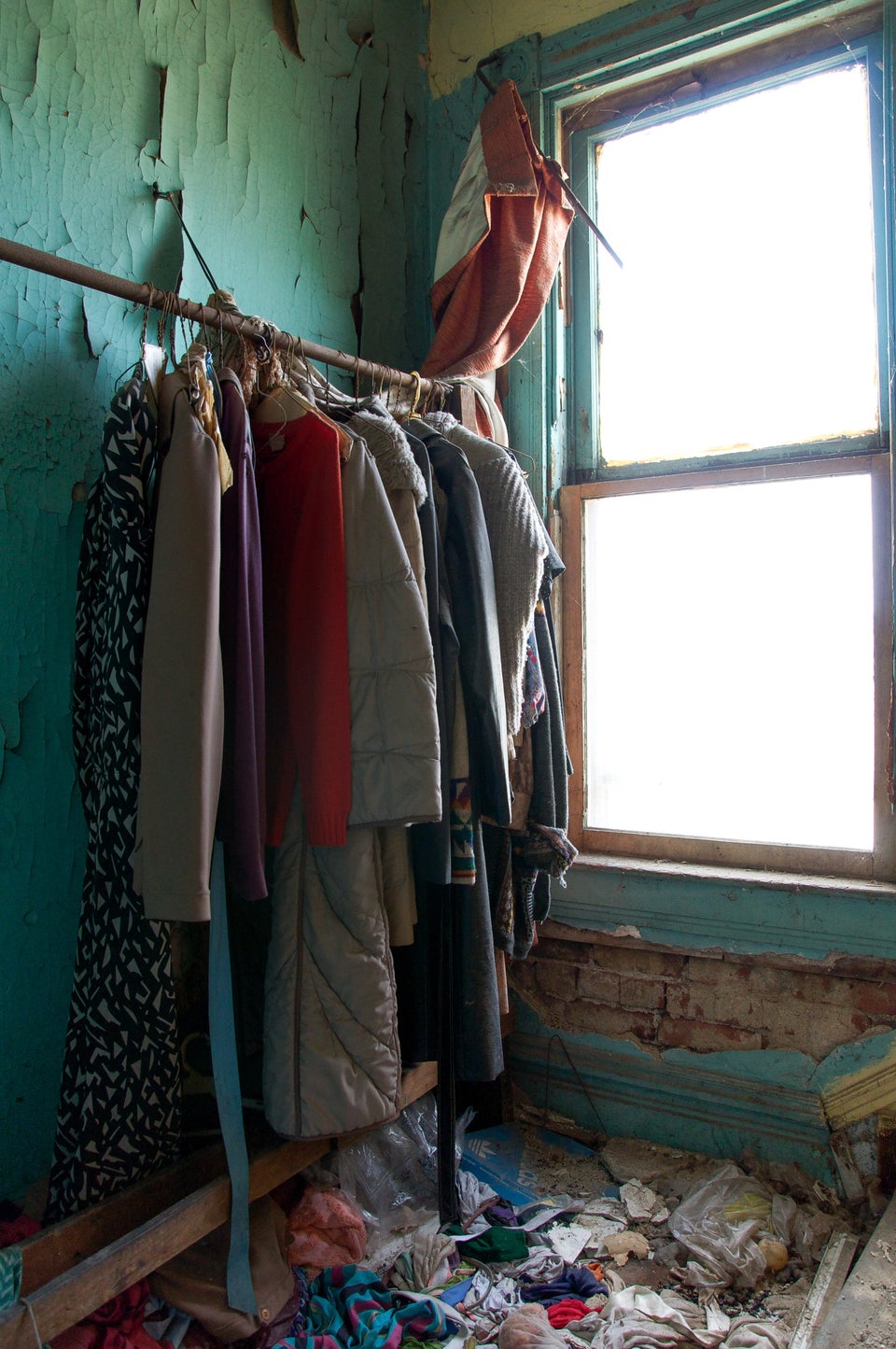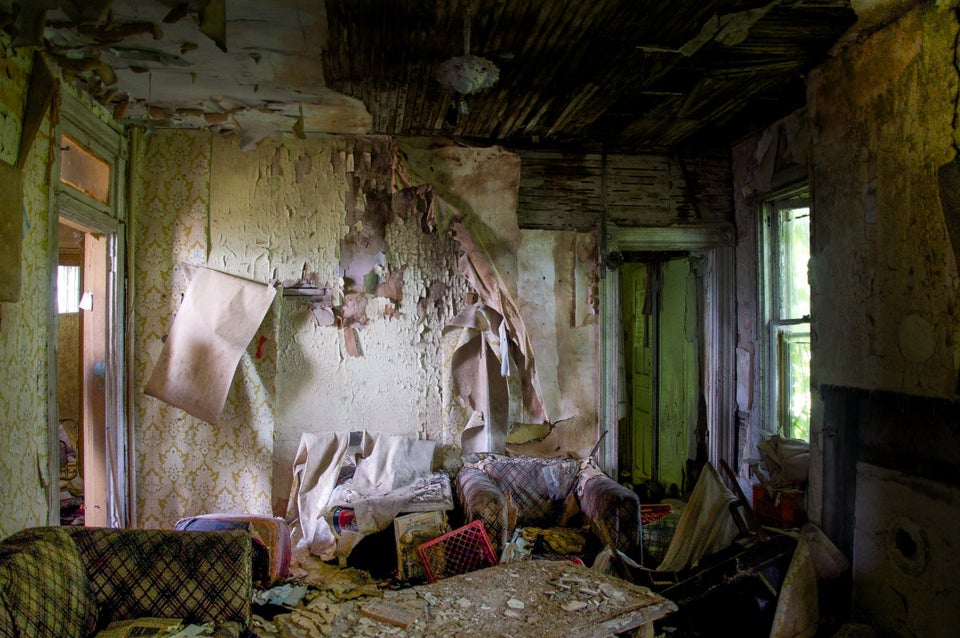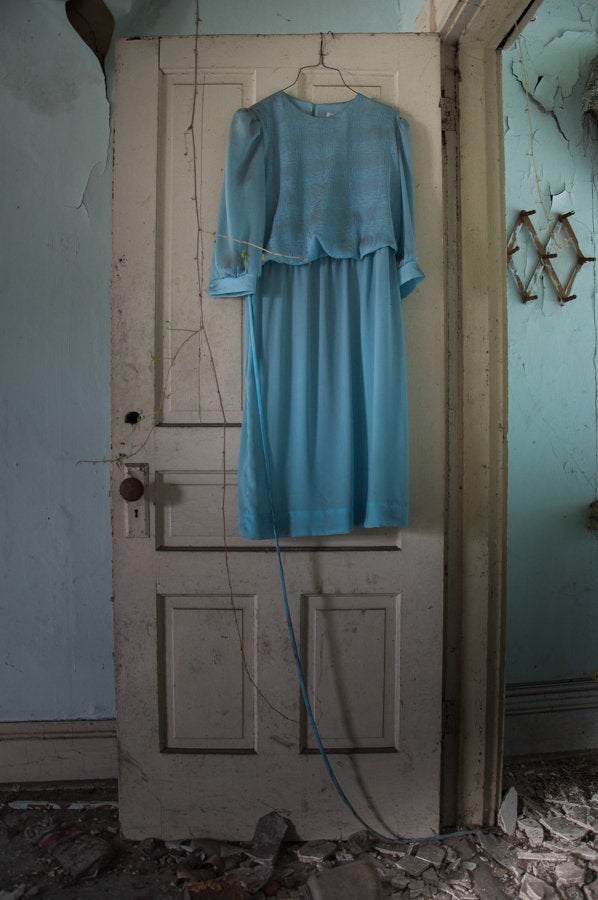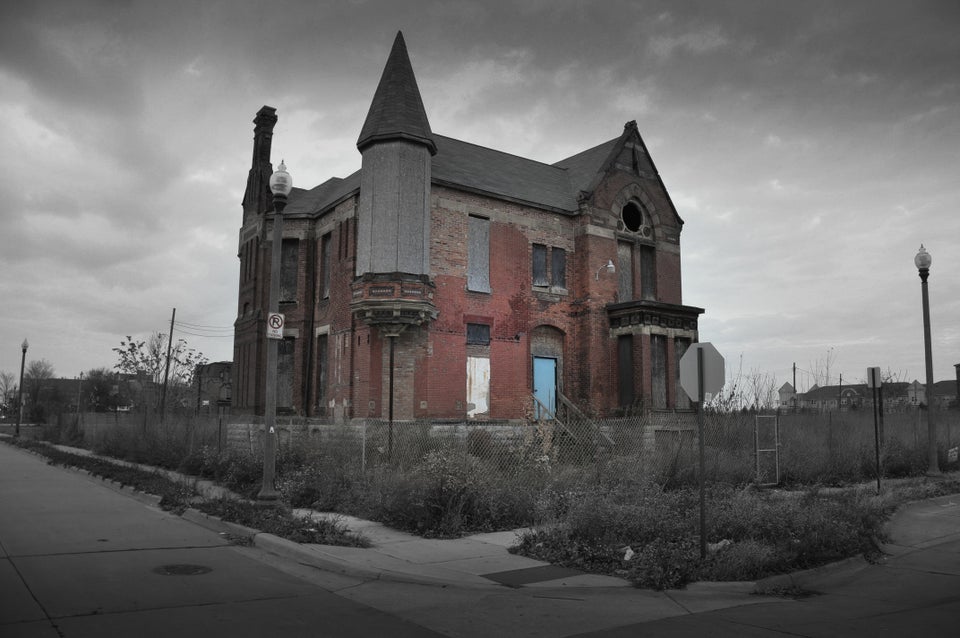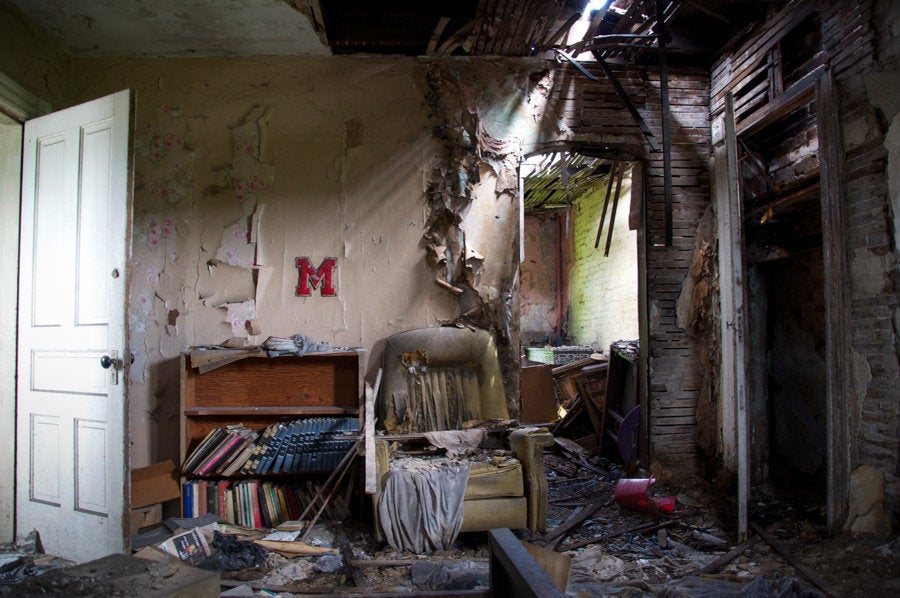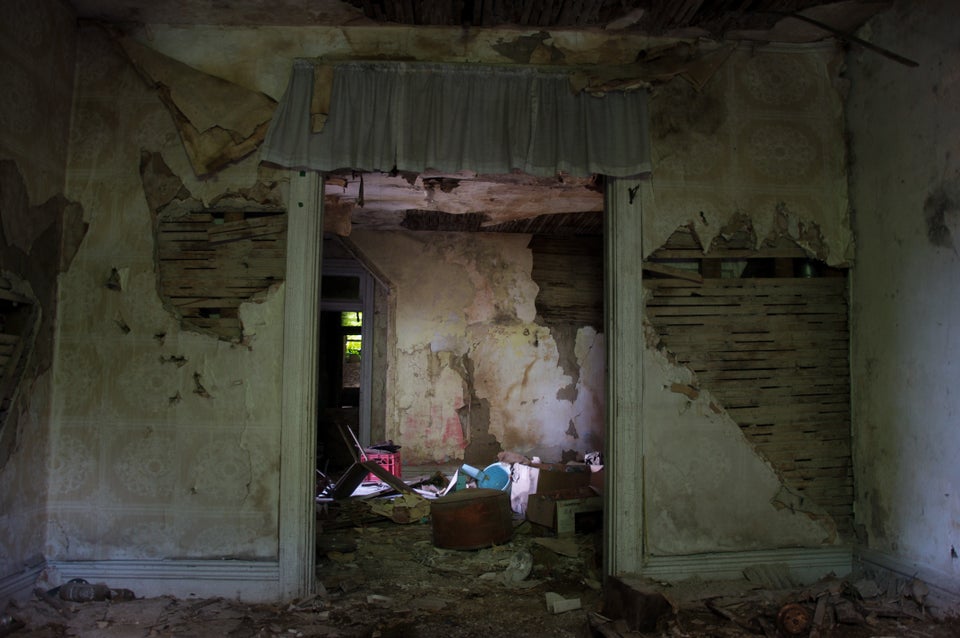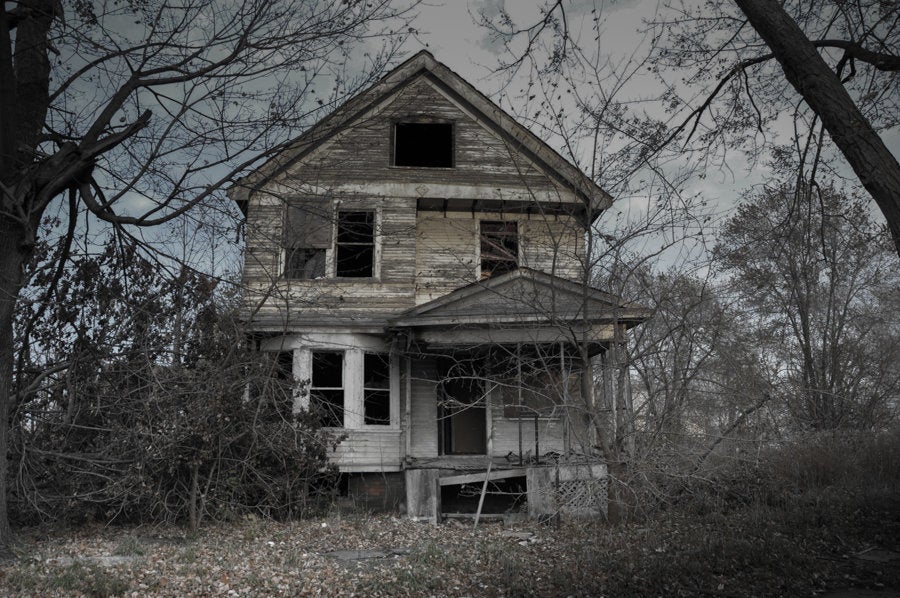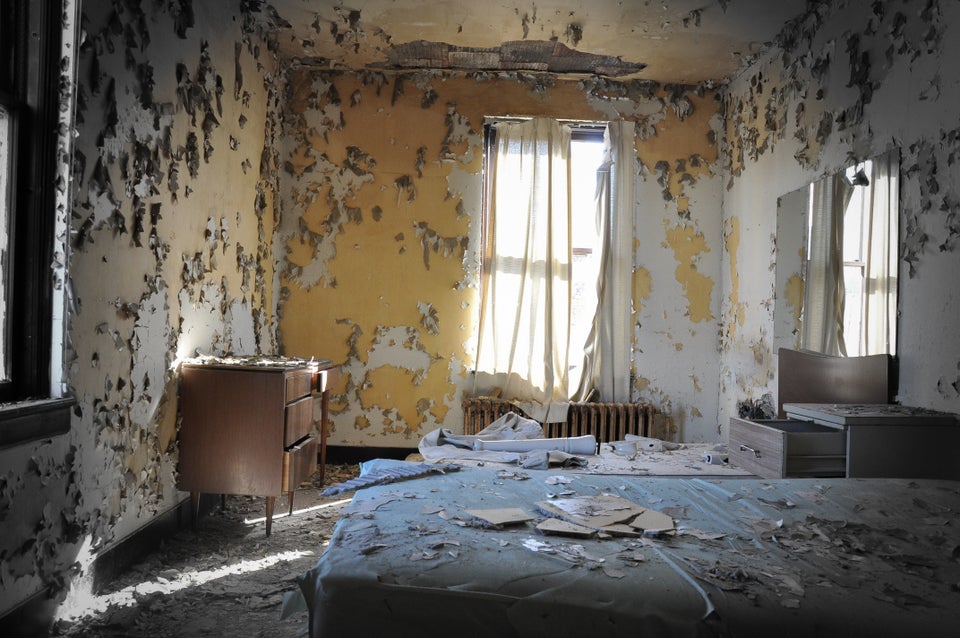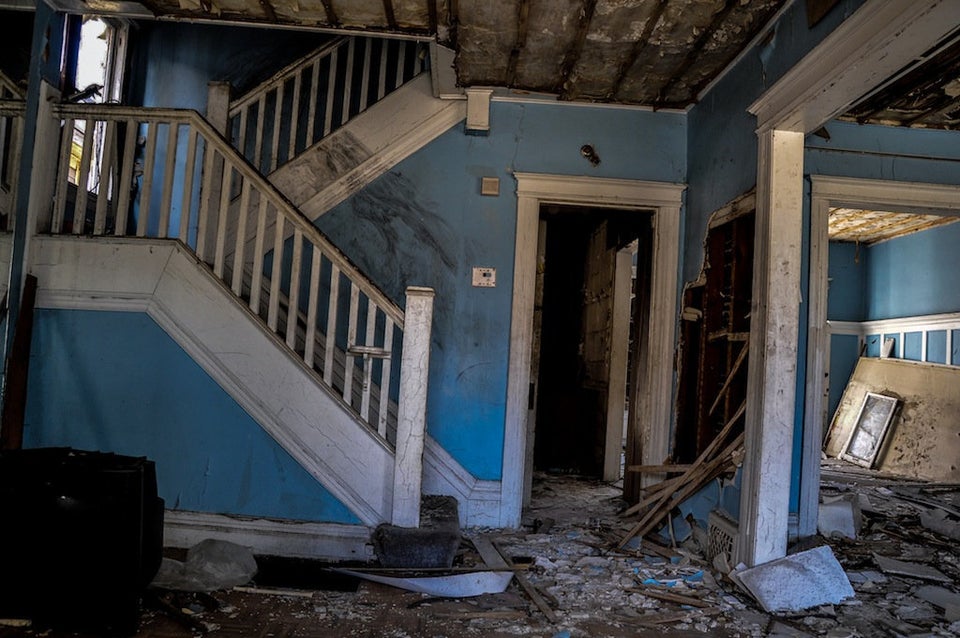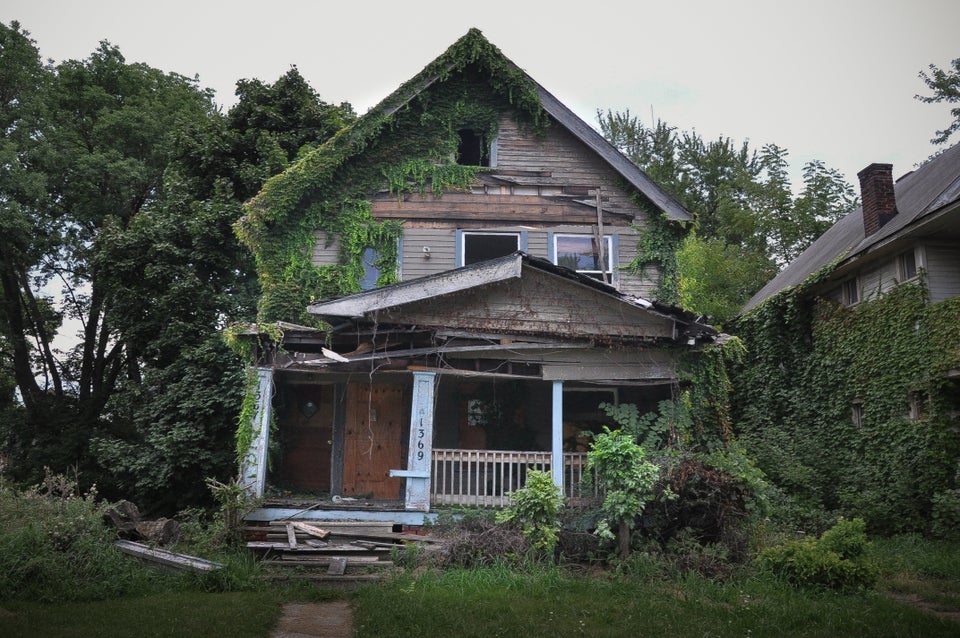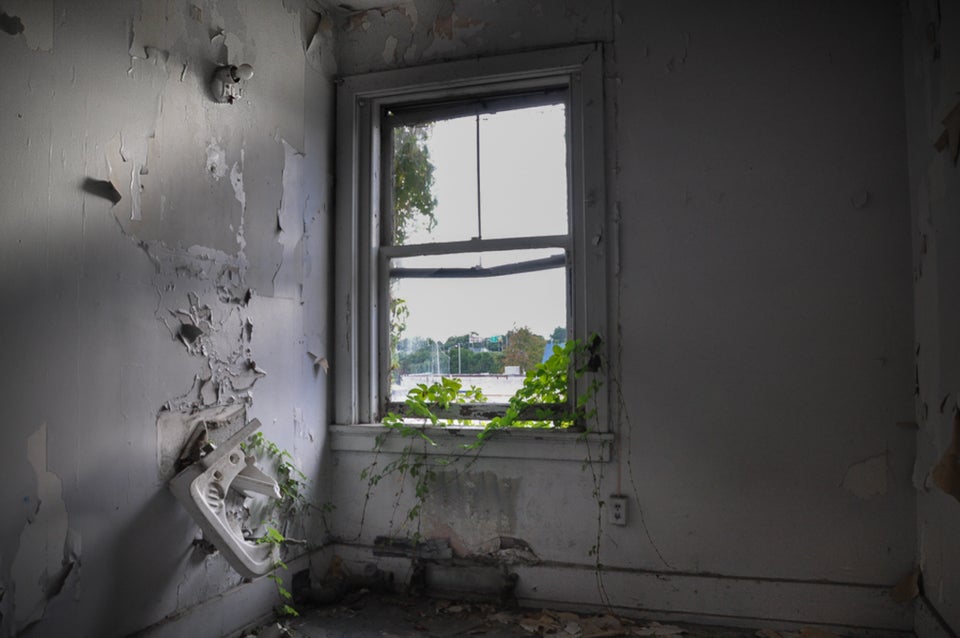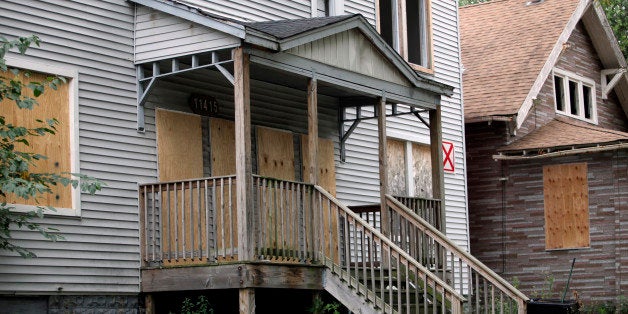
For nearly a year, blighted neighborhoods around Chicago have been getting a helping hand from the very people who helped erode them with crimes like burglary and drug trafficking.
Since the Cook County Jail's Neighborhood Restoration Initiative (NRI) program began last December, some 40 inmates have demolished approximately a dozen abandoned homes -- which can become magnets for more crime -- in distressed Chicago suburbs like Chicago Heights, Ford Heights and Dolton.
Now the program, run by the Cook County Sheriff's Office, is looking to grow.
"In a couple weeks we’ll be entering Dixmoor to take down an entire townhouse complex," CCSO spokesman Ben Breit told The Huffington Post. "A few other towns are beginning to make requests as well. Right now have two crews of 20, but we're close to expanding [the number of participants] rapidly.”
Cook County Sheriff Tom Dart plans for the group to tear down some 50 houses in 2015, according to USA Today.
At a judge's discretion, qualified inmates who would otherwise head to state prison to serve lengthier sentences can accept an offer to be part of the year-plus NRI program.
Typically, the inmates spend six months living on on the jail compound where they receive GED training, vocational training and some traditional boot camp-style training. Inmates are then released to live at home on electronic ankle monitoring while they do unpaid work on the demolition crews.
"The boot camp sentence is really a break," Breit said. "These guys would otherwise be going to state prison for longer sentences. And being outdoors for an extended period of time each day — it’s something that they cherish."
DeAngelo Reed, 26, joined the program while serving a year-long burglary sentence.
"We're usually the ones tearing neighborhoods like this one apart," Reed told USA Today during a recent demo job in Chicago Heights. "It's not like we're rebuilding, but at least this is the groundwork for someone to come in and make this neighborhood look better."
With more than 55,000 vacant lots and abandoned homes in Cook County, the need for tear-downs is great as officials hope to stave off crime and destabilization.
"It’s been no secret that abandon homes are dens for crime and illegal activity," Breit said, noting that a case in nearby Gary, Indiana, in which the bodies of six murdered women were found in vacant properties, had been widely discussed among CCSD officials. "If anything, it’s been a surprise that it’s taken this long for something like this to break into the national consciousness."
Breit said the program also provides a badly-needed service in pockets of the region where demo jobs are unaffordable for local governments.
"A lot of these places -- like in Ford Heights, which is one of the 10 poorest suburbs on the entire nation -- theres’ no tax base," Breit said. "Where are they going to get $15,000 to hire a contractor to knock down some of these homes?"
Breit said it typically takes two years to measure the recidivism effect of a program such as the NRI. As all of the men who began it last year are still in-progress, it's still too early to say just how effective the program may be.
Still, he said, "We’re making some really positive connections with local unions and other trade associations. Frankly, the construction and deconstruction industries are some of the only ones that won’t shut the door on you if you have a non-violent criminal conviction," Breit said.
The possibility of a post-release job in construction is one 19-year-old Diwan Wilson is considering while serving time for a drug-related offense.
"I feel like I've learned a lot," he told USA Today. "I wouldn't mind doing something like this when I get out."
Related
Before You Go
